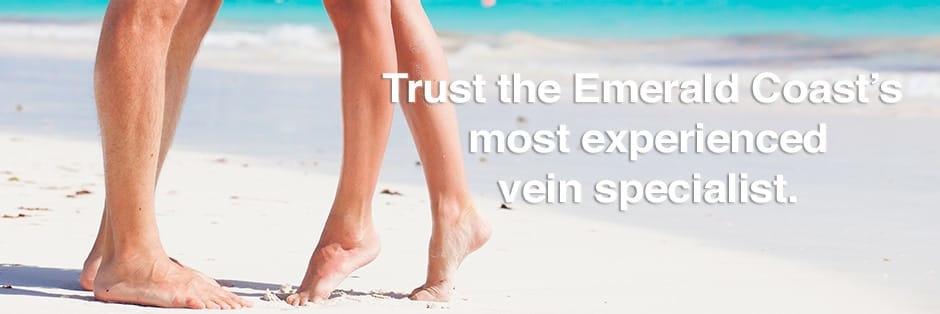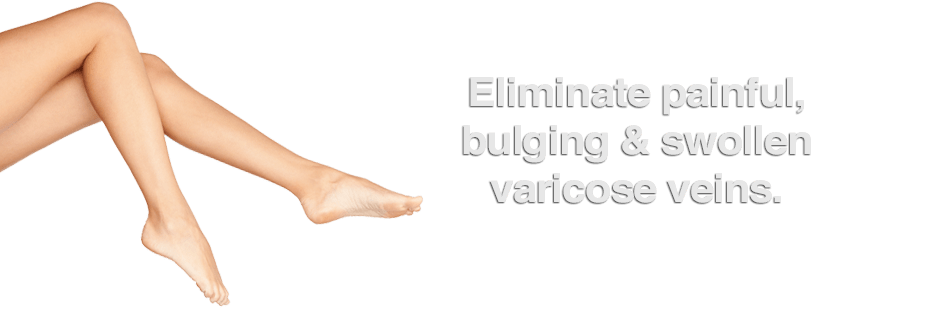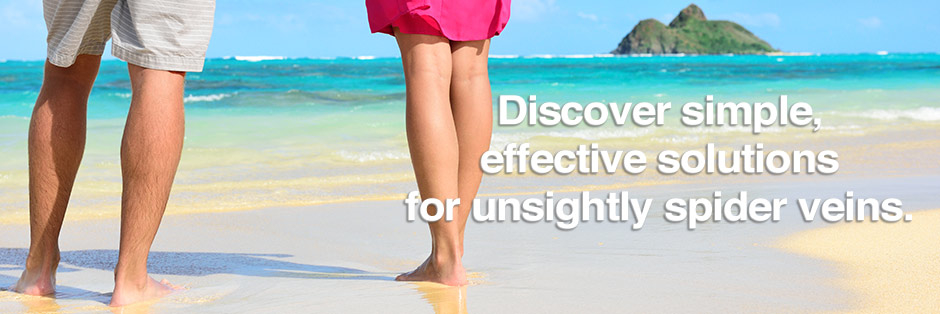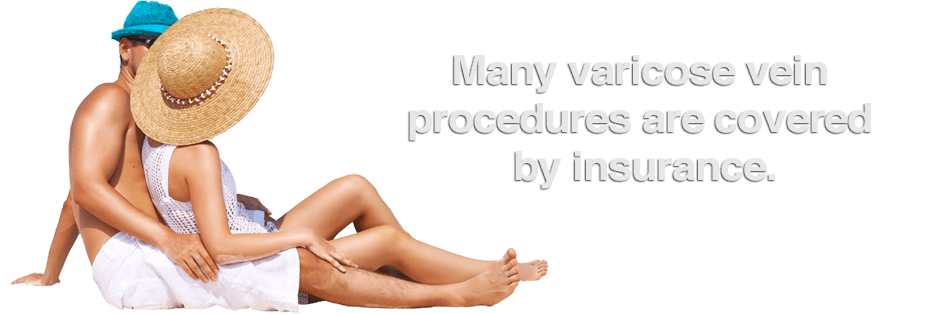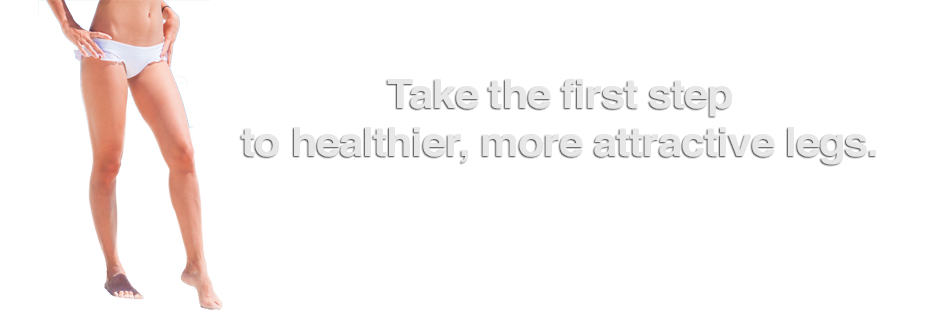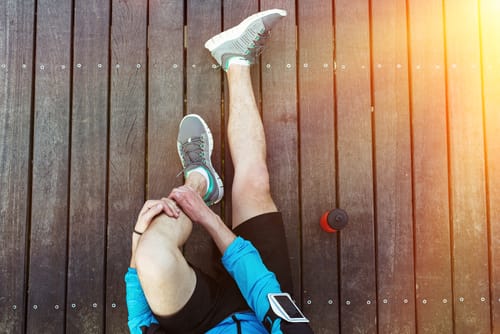
Varicose veins are most common in females, but it’s not just women that can develop these bulging, painful vessels. Men are also vulnerable to varicose veins, particularly as they age. Unfortunately, because the condition is primarily seen as a woman’s problem, men are not always prompt about seeking treatment for their condition. This can lead to worsening symptoms and complications that are much more challenging to treat in the advanced stages of the disease.
The Prevalence of Varicose Veins in Men
It is estimated that as many as 45 percent of all men will suffer from varicose veins at some point in their lives. While this percentage is slightly smaller than the number of women that develop the condition (55 percent), it is indeed significant. There are also certain factors that can increase a man’s risk for developing the vein condition:
- Family History – If one parent has varicose veins, it increases a man’s odds of developing the condition by 25 percent. If both parents have varicose veins, the odds go up by 90 percent.
- Age – It is estimated that as many as 50 percent of the general population over the age of 50 have varicose veins.
- Prolonged Sitting or Standing – Men that work in professions that require long hours of standing or frequent plane travel tend to be more vulnerable to varicose veins.
- Lifestyle – Varicose veins tend to occur more in men that smoke, do not participate in much physical activity or are significantly overweight.
Why They Occur
Varicose veins are often an outward symptom of an internal vein condition known as venous reflux or venous insufficiency. This condition occurs when small valves inside the vessels wear out or become damaged. Normally, these valves keep blood moving in a single direction back to the heart. When they stop working properly, blood can reflux back into the vessel, leading to swelling and varicosity.
What Happens if They are Not Treated
Varicose veins tend to be less prominent in men than women. However, if the underlying venous reflux is left untreated, the condition can worsen over time. This can lead to physical symptoms, including:
- Heaviness or aching in the legs, particularly at the end of the day
- Swelling of the lower leg and foot
- Cramping or restless legs when you try to rest at night
- Skin changes, such as thickening or discoloration of the skin
- Formation of open sores around the ankles, known as venous ulcers
These symptoms, in addition to the appearance of the bulging vessels, can make it difficult to participate in some activities, due to embarrassment or physical discomfort. It is best to seek treatment before many of these symptoms occur, since early treatment tends to result in a better prognosis.
Treatment Options for Men (And Women!)
The Vein Center of Florida & South Baldwin offers a variety of minimally-invasive vein treatments for men and women that effectively eliminate swollen vessels and their uncomfortable symptoms. Using proven injectable treatments and state-of-the-art technologies, we can treat veins from the inside out without anesthesia, large incisions or an extended recovery period. To learn more about your options in vein treatments, contact the Vein Center of Florida & South Baldwin today at 800-910-8346.
